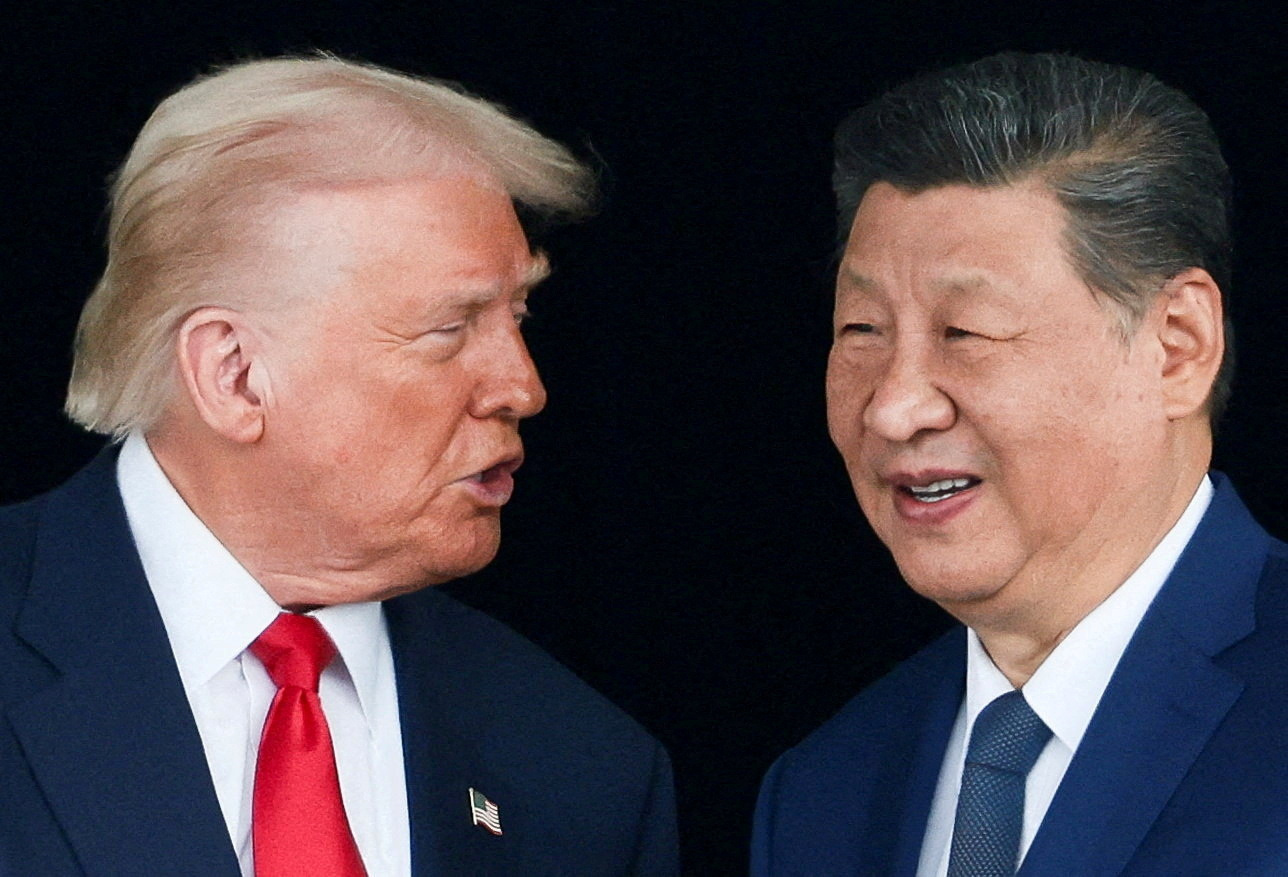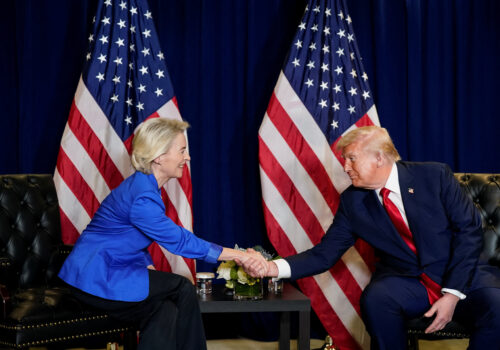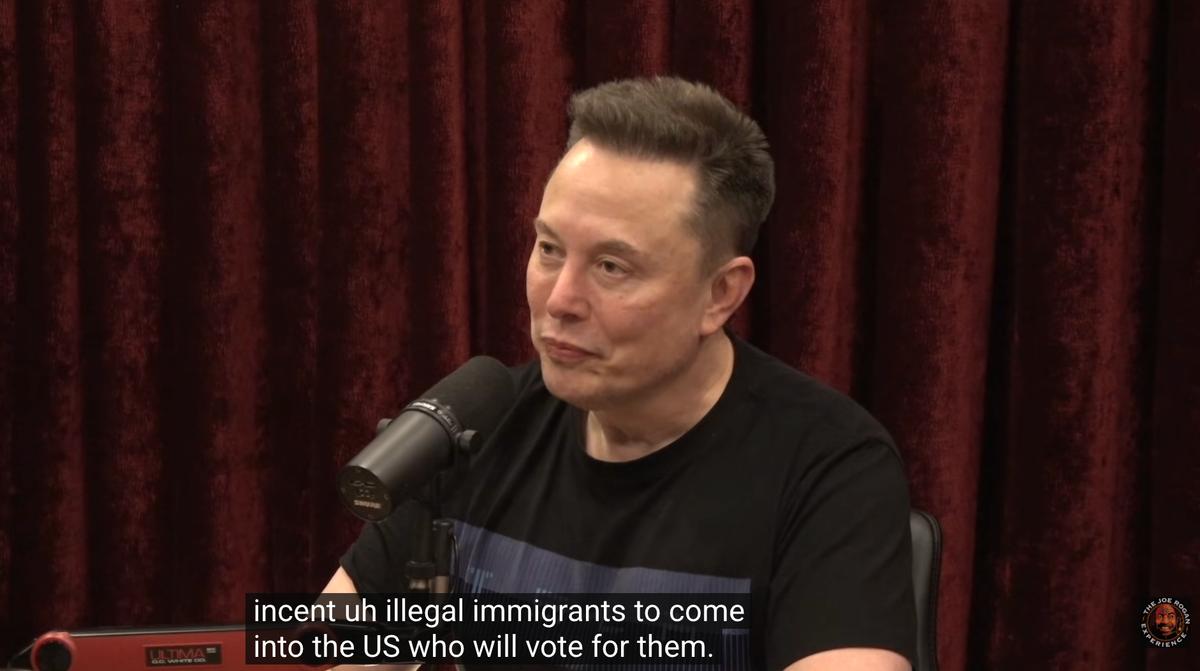At last month’s high-stakes meeting in Busan, South Korea, between US President Donald Trump and Chinese President Xi Jinping, the two leaders secured a fragile truce aimed at easing tensions and stabilizing relations. The United States agreed to cut tariffs on Chinese goods by 10 percent, bringing the average rate to 47 percent, while China committed to delaying new export controls on rare earth minerals and boosting its purchases of US soybeans. Though limited in scope, the Trump-Xi truce is a de-escalation in trade tensions between Washington and Beijing. But what the two sides agreed to and what happens next are likely to reverberate beyond these two countries, reshaping European trade as well.
How did global trade get to this point? For years now, Trump has sought to end a decades-long US trade deficit with China. Throughout his first term and now again in his second term, he has accused Beijing of unfair trade practices, including subsidies and antidumping violations that he argues have hurt US manufacturing. This criticism has been accompanied by action. Since the start of Trump’s 2018 trade war, US tariffs on Chinese goods have risen eighteenfold. As recently as 2022, the US trade deficit with China was $382 billion. It fell to $279 billion in 2023 and rose in 2024 to $295 billion. But since April of this year, the administration’s tariff policy, including its often unpredictable implementation, has sharply shifted the balance. Monthly US imports from China have plunged by approximately 50 percent between January and June of this year, reducing the monthly deficit with China to $9.5 billion in June, the lowest it has been in twenty-one years.
China is redirecting excess production toward Europe as its long-standing access to the US market is curtailed.
Meanwhile, Chinese global exports continue to increase, reaching 20 percent of its gross domestic product (GDP) in 2024. As China-US economic ties weaken, the European Union (EU) has become China’s main export market. Chinese goods losing ground in the United States are now being redirected to Europe, flooding EU markets and creating growing trade imbalances reminiscent of those seen before in the United States. Chinese exports to the EU increased by 14 percent on the year in September, the sharpest rise in over three years, pushing the EU’s trade deficit with China to nearly double its 2018 levels. Between 2017 and 2024, China-EU trade increased by about $140 billion, with trade deficits increasing from $202 billion in 2017 to $333 billion in 2024. If this year’s trajectory continues, the EU’s trade deficit with China could exceed $400 billion this year.
The surge of Chinese goods is reshaping Europe’s industrial landscape, exposing the EU to the same state-driven capitalist practices from Beijing that long challenged the United States under the guise of free trade. Frustrations in Brussels run beyond inexpensive electric vehicles (EVs) and low-cost goods. In July, European Commission President Ursula von der Leyen accused China of “flooding global markets with cheap, subsidized goods,” warning of a new “China shock.” Chinese EVs, which are 20-30 percent cheaper than European EVs due in large part to government subsidies, challenge Germany’s automotive hub and its European supply chains. In solar and green technologies, China’s dominance has already shuttered numerous European firms in the steel, aluminum, machinery, and batteries sectors.
At the core of the problem is China’s persistent industrial overcapacity, which creates market distortions fueled by state subsidies and heavily impacts the EU’s competitiveness. Most Chinese exports to the EU still face low tariffs of 2-3 percent under World Trade Organization rules, but Brussels is increasingly imposing 20-50 percent duties on strategic sectors such as green tech, EVs, and industrial goods, signaling a more defensive EU trade stance. China, which has been the world’s top manufacturer for fifteen years, produces over 31 percent of global manufacturing output, compared to 17 percent from the United States and under 13 percent from the EU. With weak domestic demand from a property slump, youth unemployment, and deflation, China is redirecting excess production toward Europe as its long-standing access to the US market is curtailed, a shift that now poses a direct challenge to the EU’s industrial base.
At the same time, Europe’s growing frustration with Beijing is still tempered by its deep economic dependence. The EU relies on China for nearly all of its rare earth and permanent magnets supplies, as well as associated processing technologies—all of which are vital for Europe’s green-tech, digital, and defense industries. This gives Beijing significant leverage in trade and geostrategic relations with the EU. Europe’s ability to respond to China’s questionable trade practices is complicated further because Europe depends on Chinese supply chains to compete in the very industries in which China dominates. As part of the deal with the United States, Beijing will extend the suspension of rare earth export controls to the EU, giving the bloc some breathing space. But this relief alone will not be enough for the EU to diversify its sources even with initiatives such as the Critical Raw Materials Act and the Global Gateway strategy.
China’s dominance in critical raw materials is systemic, not temporary; its lead in global processing capacity allows it to control strategic choke points in supply chains. Many other suppliers in Africa and Latin America are themselves linked to China through ownership stakes or processing dependencies that keep Beijing embedded in global supply chains. Reducing dependence on China will require long-term investments in mining and processing, with significant financial and environmental costs.
In the meantime, the EU has proposed a joint purchase and storage of raw materials to secure better prices and reduce supply risks, with the first pilot tenders for joint purchasing of rare earths and lithium expected next year. In July of this year, the European Commission launched its EU Energy and Raw Materials Platform to empower domestic companies to jointly procure energy products and raw materials, but it seems that implementation has been minimal. So far, this platform has facilitated contracts for just 2 percent of potential demand of European companies in the gas sector.
While European policymakers want to avoid being drawn into the US-China rivalry, they nonetheless recognize the systemic challenges posed by China’s rise and know that Beijing’s leadership is unwilling to change course. It’s time for the EU to step up and protect its economic resilience and competitiveness. My co-author and I explore this issue in detail in a new Atlantic Council report titled “Is Europe waking up to the China challenge?” But a first step the United States and the EU can take is to launch a joint critical-minerals coordination platform—supported by co-financing, harmonized standards, and strategic stockpiles—to align project pipelines, risk screening, and offtake planning. Such efforts could eventually be elevated to the Group of Seven (G7). But this will only help if the group remains united and is not strained one of its member countries pursues a more autonomous China policy, such as when France recently floated the idea to invite China to the 2026 G7 summit. Engagement is necessary but will be effective only if all G7 members take a common approach. The EU’s best long-term insurance policy on that front is doubling down on stronger transatlantic and G7 coordination to bolster the collective leverage of the West.
Valbona Zeneli is a nonresident senior fellow at the Atlantic Council with a dual affiliation at the Europe Center and at the Transatlantic Security Initiative of the Scowcroft Center for Strategy and Security.
Further reading
Mon, Nov 10, 2025
Recommendations for coordinating US-EU policy
Report
By
Zoltán Fehér, Valbona Zeneli
To effectively counter China, the United States should prioritize closer coordination with the EU in key areas: economic security, supply chains, anti-coercion, and strategic investment. Joint efforts on trade and investment, technology, and security will be crucial to ensure aligned US-EU action.
Image: US President Donald Trump and Chinese President Xi Jinping talk as they leave after a bilateral meeting at Gimhae International Airport, on the sidelines of the Asia-Pacific Economic Cooperation (APEC) summit, in Busan, South Korea, October 30, 2025. REUTERS/Evelyn Hockstein/File Photo



